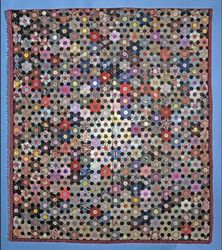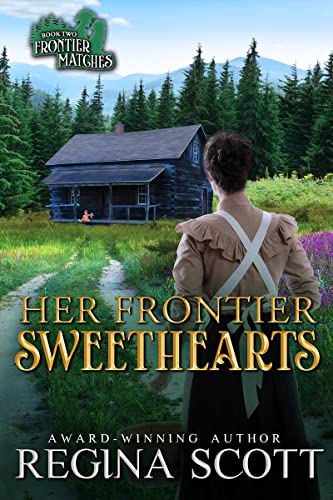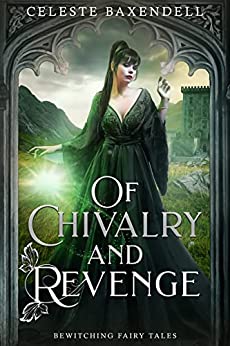Countdown Day 1
Civil War Quilts
 1861 Mary Rockhold Teter's Stars and Stripes Quilt
1861 Mary Rockhold Teter's Stars and Stripes Quilt Even before 1830, abolitionists were working hard to end slavery. One way they did this was to hold grand fairs to raise both awareness and money for the abolitionist cause. Quilts were one of many craft pieces sold at these fairs. These quilts were usually fine quilts often with beautiful appliqué. Women sometimes put anti-slavery poems and sayings on the quilts they made for fairs as well as for friends and family. The goal was to show the terrible plight of the slaves.
Some abolitionists were active in the Underground Railroad helping runaway slaves get to safety. There are stories that certain quilts were used as signals to help the slaves in their flight to freedom.
Women on both sides were very active in raising money for the war effort and making quilts and other bed coverings for soldiers.
In the North, quilts were still made for fairs but now these fairs earned money to support needs that came about because of the war. In the South lovely quilts called "gunboat" quilts were made to pay for much-needed gunboats.
It wasn't long before it was obvious that soldiers on both sides would need blankets and quilts for warmth. In the North, women either made quilts or remade quilts from bed coverings. Since the cots were narrow two bedspreads could be made into three quilts for soldiers. The United States Sanitary Commission was in charge of collecting distributing them.
| Sources: http://en.wikipedia.org/wiki/History_of_quilting 1861 Mary Rockhold Teter's Stars and Stripes Quilt http://americanhistory.si.edu/collections/search/object/nmah_556337 1860-1865 Celia Corwin's Economy Pieced Quilt http://americanhistory.si.edu/collections/search/object/nmah_645598 1863 Susannah Pullen's Civil War Quilt http://americanhistory.si.edu/collections/search/object/nmah_556322 1860-1865 Matilda Whisler's Whig Rose Appliqued Quilt http://americanhistory.si.edu/collections/search/object/nmah_556343 1860-1864 Martha Loud's Parlor Throw http://americanhistory.si.edu/collections/search/object/nmah_556337 | In the South, it was more difficult because cotton was grown in the south but manufactured into fabric in the north. Before long, fabric was almost impossible to obtain so women had to spin and weave before they could sew a bed covering together. Needless to say most of the quilts made for soldiers on either side were made with practical patterns and fabric and due to heavy use, very few have survived to this day. . . . . . . . . . . |

When Maren Jensen took a job at Elsa Brantenberg's St. Charles, Missouri, farm, she never expected to call the place her home. As she grows to love Mrs. Brantenberg and her granddaughter, Gabi, Maren is transformed from a lonely mail-order bride-without-a-groom to a beloved member of the Brantenberg household. But when Gabi's father, Rutherford “Wooly” Wainwright, returns to the farm unexpectedly, everything changes for Maren, and she feels compelled to find another job. Are her choices in obedience to God, or is she running from His plan?
Bending Toward The Sun
Dedicated to her education and to helping her father in his general store, Emilie Heinrich is convinced she doesn't have time for love. But when a childhood friend returns to St. Charles, Missouri, after serving in the Civil War, his smile and charm capture Emilie's heart. Will she be forced to choose between honoring her father and a future with a husband and family of her own?
Ripples Along The Shore
Change is brewing in St. Charles. A group of brave souls are preparing to head west on the Boone's Lick Wagon Train, led by the mysterious and handsome Garrett Cowlishaw, who served as a Confederate soldier in the war that killed Caroline's husband. Despite her dislike for him, Caroline is tempted to join the wagon train and start fresh somewhere new, but when Mr. Cowlishaw forbids her – a single woman – to travel with them, will one man's prejudice destroy Caroline's hope for the future? Or will the ripples of God's love bring the answer she needs?
Pre-Order Your Copy Today!
| PRINT | KINDLE | PRINT |











 RSS Feed
RSS Feed













































































































